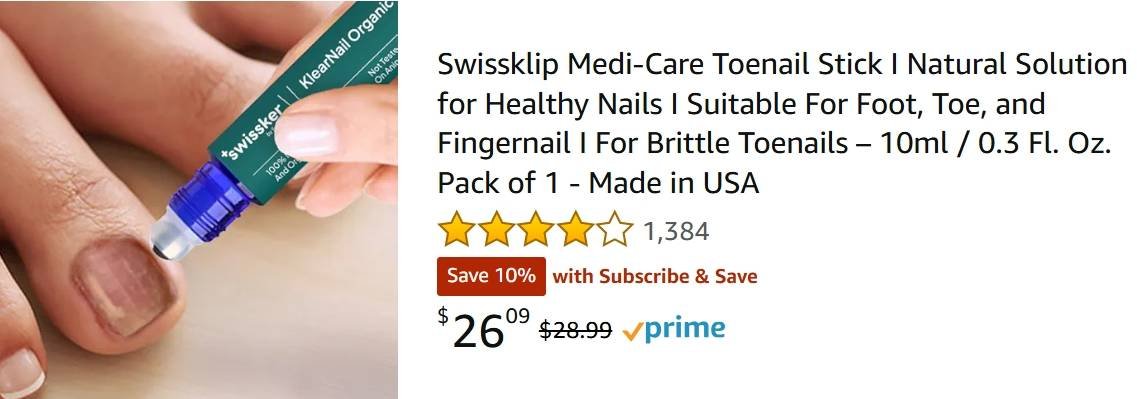Onycholysis
Find a Podiatrist Near You
Get same-day appointments with verified podiatrists. Insurance accepted.
What Is Onycholysis?
Onycholysis is a condition where the nail plate separates from the nail bed, often leading to a noticeable gap. This separation can affect fingernails or toenails and may cause the nail to become discolored and brittle.
Symptoms
- Nail Separation: The nail plate detaches from the nail bed, often starting at the tip and moving toward the base.
- Change in Nail Color: The detached part of the nail may appear white, yellow, or green.
- Nail Texture: The affected area may become brittle or fragile.
- Discomfort or Pain: In some cases, there may be pain or discomfort at the nail bed, especially if there’s an infection.
Causes
Onycholysis can result from various factors, including:
- Trauma or Injury: Repeated trauma or pressure on the nail can lead to separation.
- Fungal Infections: Fungal infections are a common cause, leading to discoloration and separation.
- Psoriasis: This skin condition can affect the nails, causing them to lift from the nail bed.
- Thyroid Disorders: Hyperthyroidism or hypothyroidism can lead to onycholysis.
- Chemical Exposure: Harsh chemicals or nail products can weaken the nails.
- Medication Side Effects: Certain medications, including chemotherapy drugs and some antibiotics, can cause nail changes.
- Systemic Conditions: Conditions like diabetes or peripheral artery disease can contribute to onycholysis.
Diagnosis
Diagnosing onycholysis typically involves:
- Physical Examination: A healthcare provider will inspect the nails for signs of separation and discoloration.
- Medical History: Discussing any recent injuries, medical conditions, medications, or exposure to chemicals.
- Laboratory Tests: Blood tests may be performed to check for underlying conditions such as thyroid disorders or diabetes.
- Nail Clipping Analysis: A sample of the affected nail may be examined under a microscope to identify fungal infections.
Treatment
Treatment for onycholysis focuses on addressing the underlying cause and managing symptoms:
- Avoid Trauma: Protect nails from further injury by trimming them carefully and avoiding activities that could cause trauma.
- Treat Infections:
- Topical Antifungals: If a fungal infection is present, antifungal creams or lacquers may be prescribed.
- Oral Antifungals: For severe infections, oral antifungal medications might be necessary.
- Manage Underlying Conditions: Treat any underlying health issues, such as thyroid disorders or psoriasis, with appropriate medications and therapies.
- Proper Nail Care:
- Keep nails trimmed and clean.
- Avoid harsh chemicals and nail products.
- Use moisturizing lotions to keep the nails and surrounding skin hydrated.
- Regular Monitoring: Regular follow-up with a healthcare provider to monitor the condition and adjust treatment as needed.
By addressing the root cause and following appropriate care guidelines, onycholysis can often be managed effectively.
« Back to Glossary IndexReady to See a Podiatrist?
Connect with top-rated podiatrists in your area. Book appointments instantly with verified doctors who accept your insurance.
Same-Day Appointments
Get seen today with urgent care availability
Verified Reviews
Real patient reviews and ratings
Insurance Accepted
Most major insurance plans covered
